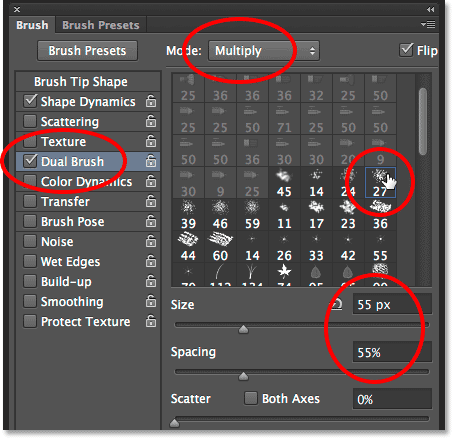
To enhance skin, I will use the Mixer Brush Tool. It will be easier to compare the results. Select the three layers – “High Frequency”, “Correction Layer” and “Low Frequency” by clicking on each layer, holding Ctrl (Cmd) and then press Ctrl + G (Cmd + G) creating a group. This layer is necessary to remove things you don’t like using the Eraser tool and keep important parts intact. Switch to the Low Frequency layer and create a new layer by clicking Shift + Ctrl + N (Shift + Cmd + N), name it Correction Layer.

1-2 min) OK Step 5: Create Correction Layer To skip Frequency Separation steps 1 - 4 and cope with the task, automatically switching to Step 5, you can download the following Photoshop action:įreebies. The photo will acquire a standard look, as the original image. Step 4: Change the Blend Modeīeing on the “High Frequency” layer, change the blending mode from Normal to Linear Light. The photo will turn gray and only the outlines will be visible.

Switch to the “High Frequency” layer, make it visible and go to Image – Apply Image. Tip: For close-up portraits – 6-8 pixels. Choose the position of the slider when the texture is a bit blurry. While using this Frequency Separation method, you need to set such radius so that skin defects will disappear. To do this, open Filter – Blur – Gaussian Blur. You need to keep blurring this layer until all minor skin defects disappear. Next, make the upper layer, called “High Frequency” invisible and switch to the “Low Frequency” layer. Rename each layer to Low Frequency and High Frequency by double-clicking on the name. Step 1: Duplicate LayersĬreate two copies of the layer by selecting the “Background” layer and pressing Ctrl + J (Cmd + J) twice. The skin will look better, but will still require some processing. In this portrait, I had to get rid of some skin imperfections using the Healing Brush Tool and Path Tool. This is a great example of what you can get if you use the Photoshop Frequency Separation technique.


 0 kommentar(er)
0 kommentar(er)
